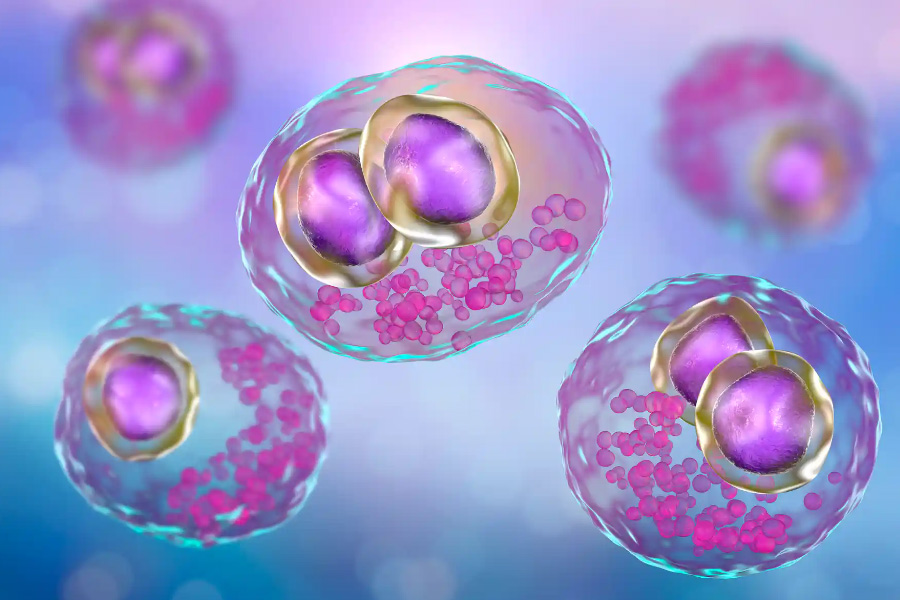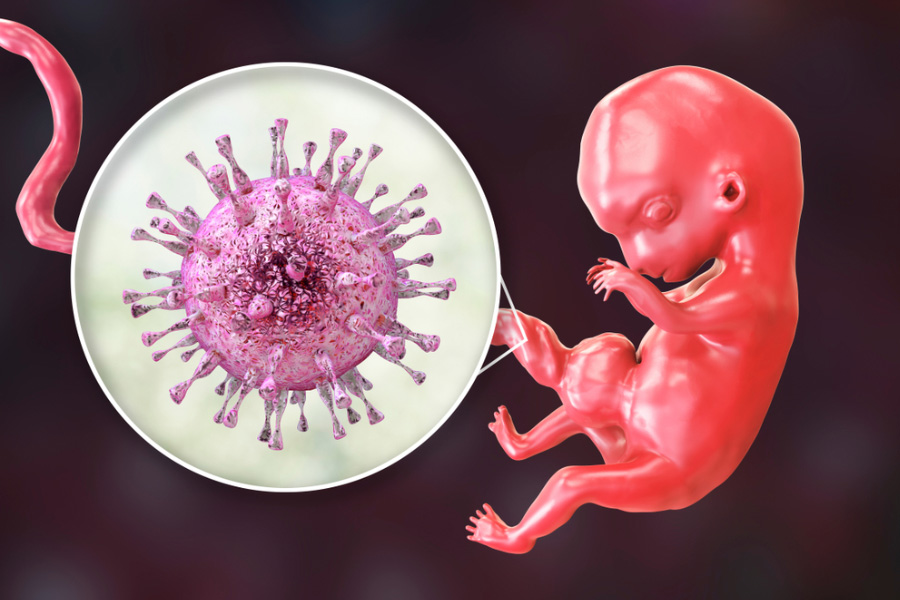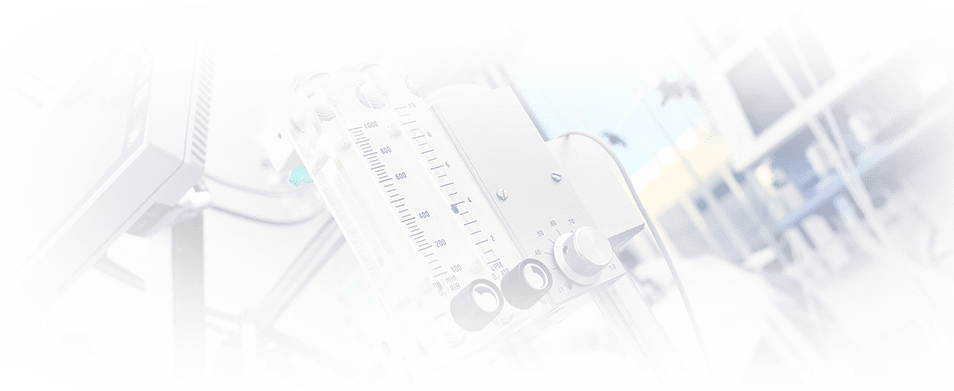Cytomegalovirus

Physician-therapist, somnologist
Novikov Maxim
Experience 13 year
Doctor of the highest category. Member of the European Respiratory Society and the Russian Respiratory Society
Cytomegalovirus is the causative agent of the infectious pathology of cytomegaly. The main symptom of the disease is the so-called "persistent cold" - persistent nasal congestion accompanied by headaches, joint pain, general weakness, enlarged salivary glands and profuse salivation.
General information
The disease that develops after a person has been infected with cytomegalovirus has various names. Medical reference books describe cytomegalovirus infection, inclusive cytomegaly, salivary gland virus disease, etc. The terms listed above describe a single pathological condition diagnosed in children and adults.
Many patients are carriers of cytomegalovirus but they do not know it. Antibodies to the pathogen are present in the blood of 15% of adolescents and 55-60% of adults. An asymptomatic course of cytomegaly is found in 80% of carriers of the pathogen.
Causes of cytomegalovirus
Cytomegalovirus belongs to the herpesvirus group. Cells affected by this pathogen begin to grow intensively. Transmission from a carrier to a healthy person occurs through prolonged bodily contact. Main routes of transmission of the pathogen are:
- airborne - through kissing, coughing, sneezing;
- sexual - through semen and cervical mucus during unprotected sexual intercourse;
- hemotransfusion - during blood or leucocyte transfusions, tissue and organ transplantation;
- transplacental - from a pregnant mother to a foetus.
Cytomegalovirus can stay in the body for decades. The manifestation of symptoms of the disease occurs when the immune system is weakened. Individuals taking immunosuppressants after a bone marrow or internal organ transplantation are at a risk group. The greatest danger to patients is congenital cytomegaly, which can cause the death of an infant.
Pathology symptomatology

Signs of the pathology are specific and depend on how a child or an adult was infected. Thus, congenital cytomegaly does not occur in 95% of infants. The remaining 5% of infants may experience the following symptoms of the pathology:
- petechial rash - a small area of skin haemorrhage;
- jaundice;
- chorioretinitis - an acute inflammatory process in the retina, leading to decreased or complete loss of vision.
About 20% of cases of intrauterine infection of the foetus with cytomegalovirus are fatal. Surviving patients suffer from mental retardation, irreversible damage to the organs of vision and hearing.
Patients born uninfected can contract cytomegaly from relatives in the first months of life. Children and adults with normal immunity often suffer from mononucleosis-like syndrome. This condition develops under the influence of cytomegalovirus, and the clinical picture resembles the pathologies caused by the Epstein-Barr virus. Patients complain of the following manifestations of cytomegaly:
- regular fever attacks;
- joint and muscle pain;
- headaches;
- weakness, rapid fatigue;
- sore throat;
- enlarged lymph nodes and salivary glands;
- red rashes on the skin.
In rare cases, the course of cytomegaly is complicated by jaundice, the main symptom of which is an increase in the concentration of liver enzymes in the blood. In 6% of cases, cytomegalovirus leads to the development of pneumonia without clinical manifestations.
Diagnostics

The diagnosis is made by a paediatrician, a general practitioner or an infectious disease specialist. A blood test for antibodies to cytomegaly is needed. The type of immunoglobulin detected will indicate the presence of cytomegalovirus, but will not assess the current stage of the infection.
PCR tests aim to establish the limits of pathogen activity. Biomaterials may include urethral or cervical scrapings, sputum, saliva and other fluids. The polymerase chain reaction enables doctors to identify the cause of cytomegalovirus activity and develop a treatment strategy for an infected person.
Patients may require additional consultations with specialists involved in the treatment of pathologies of the organs affected by cytomegaly. Men and women of reproductive age need to consult urologists and gynaecologists. Some supporting diagnostic measures include ultrasound, magnetic resonance imaging, gastroscopy, etc.
Cytomegalovirus treatment
The uncomplicated course of cytomegaly does not require specific therapy. Treatment is aimed at eliminating the symptoms of colds and intoxication. All patients are prescribed antipyretics, antihistamines, vasoconstrictors and plenty of fluids.
More complicated cytomegaly is treated with antiviral medicines based on ganciclovir. The solution is injected intravenously, since the tablet form of the composition does not allow to deliver to the body a sufficient amount of the active agent.
Prognosis
If the disease is uncomplicated, complete resolution of the symptoms is achieved 7-10 days after the start of the treatment. In pregnant women, cytomegaly can cause a spontaneous abortion or a stillbirth. For this reason, patients of reproductive age who are planning to conceive a child should be tested to detect cytomegalovirus and undergo subsequent treatment.
FAQ
-
What doctors treat cytomegalovirus infection?
The diagnosis and formulation of treatment is carried out by paediatricians, general practitioners or infectious disease specialists. Patients of different age groups may require consultations with urologists, gynaecologists, gastroenterologists and other specialists.
-
Why is it dangerous if cytomegaly is asymptomatic?
A carrier of the virus may not notice symptoms for decades. Cytomegalovirus poses the greatest danger to couples planning to conceive a child. Expectant parents will need to be treated to prevent foetal malformations.
-
During which periods do carriers of cytomegalovirus experience increasing symptoms of the disease?
Cytomegaly has no pronounced seasonality - the infection can progress to the active stage against the background of weakened immunity of a child or an adult at any time of the year.
Sources
The following materials were used during preparation of this article:
- Atlas of Medical Microbiology, Virology and Immunology: Textbook for Medical Students / Edited by A.A. Vorobyov, A.S. Bykov. - Moscow: Medical Information Agency, 2003.
- Cytomegalovirus infection (CMVI): classification and course variants. Infections in children / L.N. Useva, L.A. Rogova, N.Y.Egorova, 2003.
- Handbook of Virology: Human and Animal Viral Infections / D.K. Lvov. - Moscow: MIA Publishing House, 2013.




